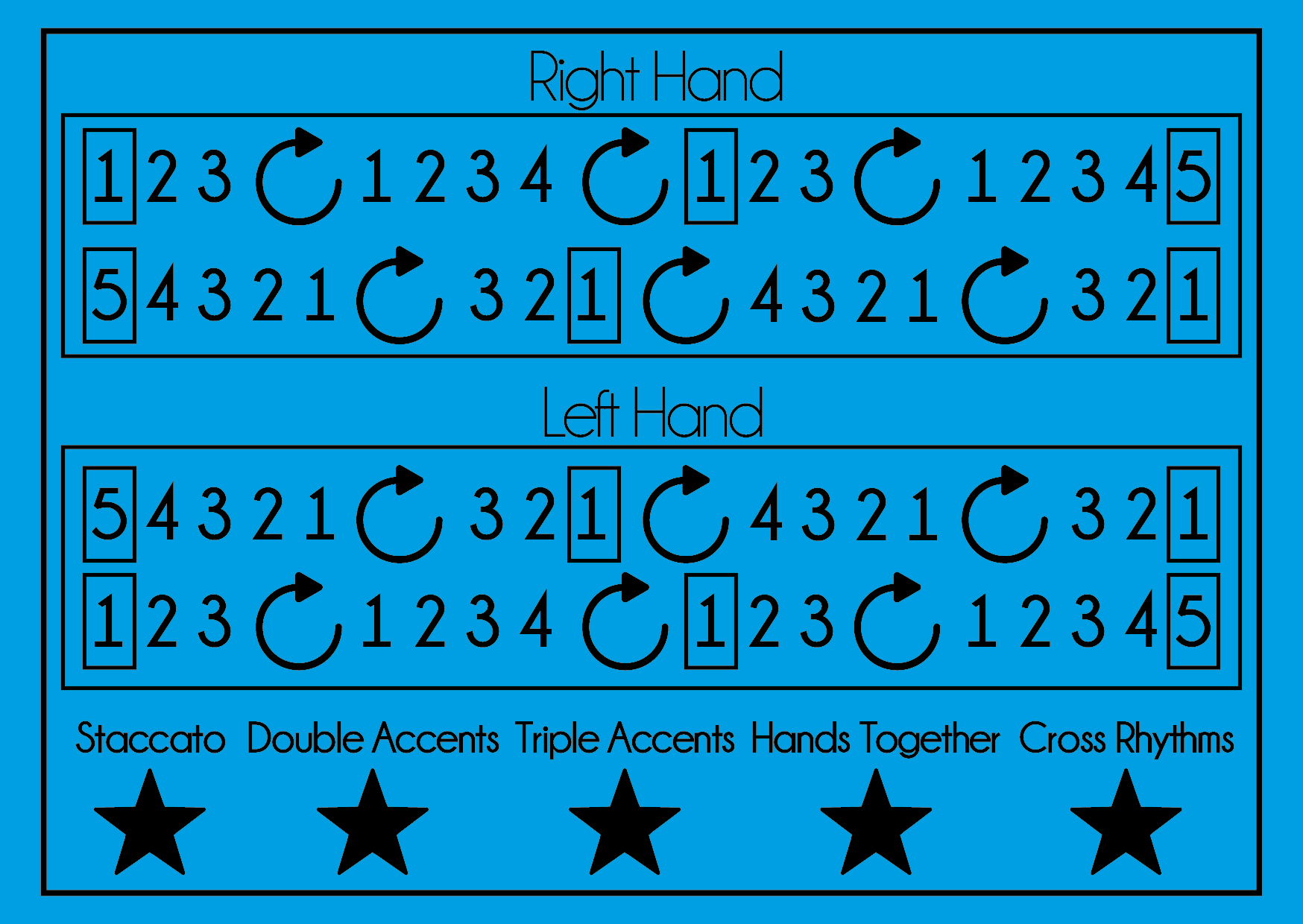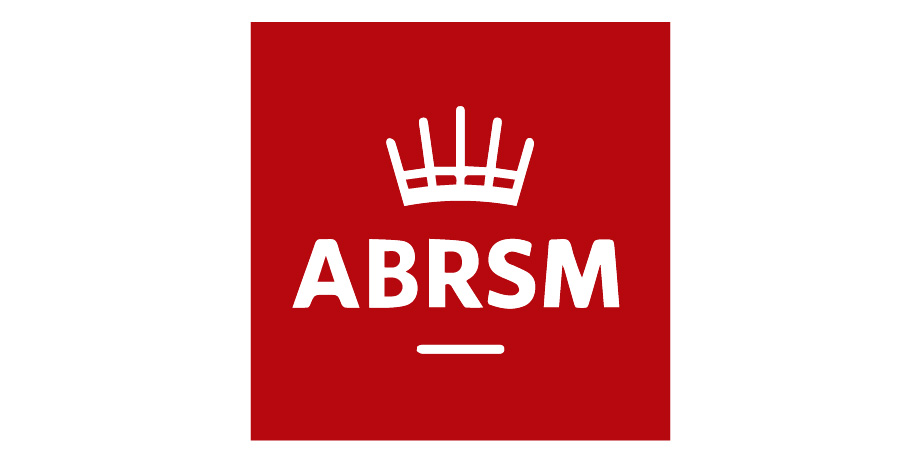- Students must memorise the key signature on the front of the card and then play using the fingerings on the back of the card.
- Scales are the testing ground for new ideas, fingerings and techniques. Scale Cards emphasise this with stick-on challenges.
As the bread and butter of piano technique, scales have always been a part of the aspiring pianist's practise routine. Looking back on my own experiences with scales and considering how my students were engaging with them I decided to get creative to add a bit more colour to scalic practise.
Today I am introducing a new teaching resource called Scale Cards. I have been using them for some time in lessons, in fact, the earliest version of them appeared in 2017. However, after testing and refining Scale Cards with some willing students, they are now going to be rolled out to everyone studying with me.
Many young piano students seem to have a chronic disengagement with scales
Background: My Journey with Scales
As a teenage piano student, I found scales and arpeggios tedious and obligatory. To me, they served no purpose except to scoop some extra marks in an exam. I had very little appreciation for the wider use of scales and thought that my practise time was better spent learning new pieces.
It is not hard to surmise that such an attitude is fairly common amongst beginner and intermediate musicians. It was not until I started university that I was shown the true value of scales: as a testing ground for new movements and techniques. Now I will play a scale - or a variant of a scale - every day, and I am constantly surprised that each time I revisit them they can be played in a completely new way.
Having discovered the immense versatility and usefulness of scales I began to wonder what it is that causes what seems to be a chronic disengagement in so many students. Thinking back, it wasn't that I had no interest in scales at a theoretical level - I was keenly studying Grade 7 theory at the time - I simply did not find them enjoyable to play. When I was shown by my teacher that scales could be played in any number o new and unusual ways that varied in style and difficulty, I became hooked.
“In order to play the scale using the cards, students had to memorise the black notes they needed from the key signature on the front, then turn the card over and use the fingerings. I liked this as it switches the focus from the notes to the fingering.”
Conception and Creation: Scale Cards
Now we come to the present day, where I am teaching these scales to a dozen or so young pianists. Remembering the struggle of regular scale practise, I have striven to present scales in a way that engages the mind a little more than simply playing from the designated selection in grade books.
The scale cards idea originated from a ranking system where each week the student's scales are ranked "bronze", "silver" or "gold". With this system, I felt that it would be most effective if the rankings were tangible, for instance, a bronze, silver or gold sticker next to the ranked scale. One teacher that I spoke with said they used a similar system where the scales were printed on strips of card and placed upon a board, with scales higher up sounding better than those lower down. It was this that gave me the idea of having an individual card for each scale.
With these cards, I decided to rank them by putting them in a gold, silver and bronze envelope. When I tested this with younger students they immediately wanted to get their scales into the gold envelope, and so they went home and practised each one until they were good enough to move up envelopes.
The next decision to make was what to put on the cards. It seemed obvious to me that the key signature should go on one side, but what to put on the other? There wouldn't be enough space to write the scale out, so instead, I settled for the fingering of a two-octave scale.
Suddenly there was a system in place. In order to play the scale using the cards, students had to memorise the black notes they needed from the key signature on the front, then turn the card over and use the fingerings. I liked this as it switches the focus from the notes to the fingering.
Underneath the fingerings, I put five suggested variations for students who wanted an extra challenge once the scale was in the gold envelope.
Moving forward: scale cards Mark III
Scales Cards are now colour-coded according to fingerings. The five groups are above.
By this point, the Scale Cards were in their second variation. After using the cards in this form for some time, I decided to go back and further refine the concept. I made a number of improvements, listed below:
Each card was colour-coded according to its finger pattern.
The fingering on the back was condensed and made easier to read (students said they lost their place easily with four lines of fingerings).
Minor Scale Cards had the raised seventh added to the front of the card.
The challenges at the bottom were removed and replaced with five empty boxes. These boxes can be filled with stick-on challenges. There are 24 stick-on challenges of varying difficulty, as opposed to the 5 that were printed on the cards before.
There is a lot to be said for having all of the scales, arpeggios and technical exercises notated in front of you. I would thoroughly recommend the use of a scale handbook. ABRSM publish an excellent edition with suggestions included on how to spice up the proceedings.
Scale Cards are by no means a comprehensive be-all and end-all system, merely a creative supplement to what has come before. If they are used in the right way then I hope they shall prove to be a valuable aid to piano students.















